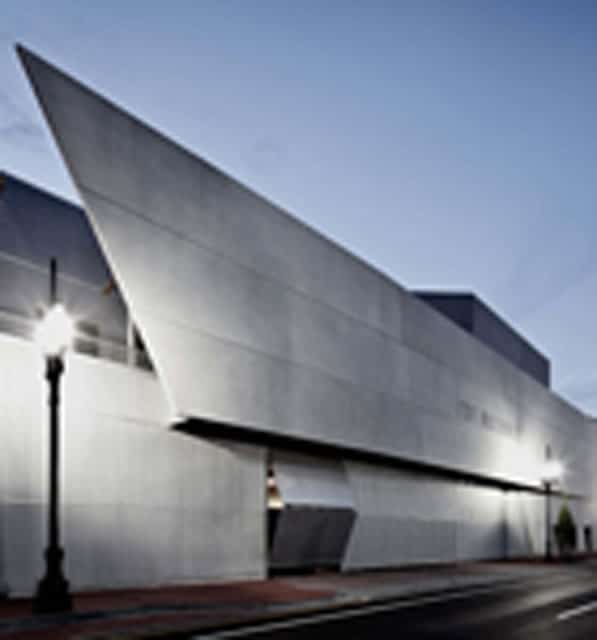This article is an excerpt from New Orleans: Structure, Community, City. Find it at the Greenbuild Bookstore or contact Jen Illescas at jen@www.devlf.com/magazine.
–
New Orleans may seem like an odd city for the National World War II Museum, but its location is actually rooted in history. Originally opened in 2000 as the National D-Day Museum, the programming focused on the invasion of Normandy, France, by exploring the amphibious operations of WWII. A key part of those attacks was the Higgins boat, designed, constructed, and tested in New Orleans by Higgins Industries. The city is also home to Stephen Ambrose, a historian who spearheaded the project.
The museum recently completed its Freedom Pavilion—the second of four construction phases. The first phase, completed in 2012, included the Theater Pavilion, which is made up of precast concrete panels along its Magazine Street façade, making the building look like a fortress. The lighter, more open Freedom Pavilion houses historical macro-objects from the war, including B-29 bombers and fighter planes suspended from the ceiling and tanks, war machines, and an interactive submarine exhibit on ground level. Commemorating America’s soldiers, the Freedom Pavilion has a wall honoring recipients of the prestigious Medal of Honor.
Phases three and four are in the works, and once completed in 2017, they’ll all be connected through a central lawn with a floating canopy to protect the space from the elements and sunshade a large portion of the museum.

The first phase, the Solomon Victory Theater, has a stark, protective façade made of precast concrete.



–
This article is an excerpt from New Orleans: Structure, Community, City. Find it at the Greenbuild Bookstore or contact Jen Illescas at jen@www.devlf.com/magazine.

